#inca peru
Explore tagged Tumblr posts
Text
UNESCO: ESTAS SON LAS EXPOSICIONES CULTURALES PERUANAS DECLARADAS PATRIMONIO INMATERIAL
Se trata de danzas, festividades religiosas, arte textil y cánticos

Con la reciente postulación de la festividad cusqueña religiosa del Corpus Christi, el Perú podría fortalecer su reconocimiento internacional al sumar diez expresiones culturales declaradas como Patrimonio Cultural Inmaterial de la Humanidad por la UNESCO.


Esta festividad, conocida por su riqueza cultural y arraigo histórico en la región del Cusco, se une a otras manifestaciones peruanas como el Q'eswachaka (el último puente inca de paja trenzada) y el conocimiento tradicional de la medicina peruana como Patrimonio Cultural Inmaterial de la Humanidad.
Redacción: Reyes Baltodano Breiner
#comunication#cience comunication#university cesar vallejo#periodismo#peru#eventmaniatrux#notemania#festival#patrimonio#inca peru
3 notes
·
View notes
Text
Visit on the adventure of a lifetime by trekking Inca Trail to Machu Picchu. Marvel at ancient ruins, breathtaking mountain views, and lush landscapes as you follow the footsteps of the Incas. This unforgettable journey blends history, culture, and nature, creating memories that will last forever. Start your trek today and experience the magic!
For more Information
Visit us: www.alpacaexpeditions.com
Mobile No : (+51) 84 254278
E Mail Id : [email protected]
0 notes
Text
Peruvian whistling vessels simulating animal calls (some of the oldest found date to c. 500–300 BCE)
#Peru#Peruvian#whistling vessels#animal vessels#archaeology#history#ceramics#Inca#Incan#art#sculpture#animal calls
28K notes
·
View notes
Text
500-year-old Snake Figure from Peru (Incan Empire), c. 1450-1532 CE: this fiber craft snake was made from cotton and camelid hair, and it has a total length of 86.4cm (about 34in)

This piece was crafted by shaping a cotton core into the basic form of a snake and then wrapping it in structural cords. Colorful threads were then used to create the surface pattern, producing a zig-zag design that covers most of the snake's body. Some of its facial features were also decorated with embroidery.

A double-braided rope is attached to the distal end of the snake's body, near the tip of its tail, and another rope is attached along the ventral side, where it forms a small loop just behind the snake's lower jaw. Similar features have been found in other serpentine figures from the same region/time period, suggesting that these objects may have been designed for a common purpose.

Very little is known about the original function and significance of these artifacts; they may have been created as decorative elements, costume elements, ceremonial props, toys, gifts, grave goods, or simply as pieces of artwork.
The Metropolitan Museum of Art argues that this figure might have been used as a prop during a particular Andean tradition:
In a ritual combat known as ayllar, snakes made of wool were used as projectiles. This effigy snake may have been worn around the neck—a powerful personal adornment of the paramount Inca and his allies—until it was needed as a weapon. The wearer would then grab the cord, swing the snake, and hurl it in the direction of the opponent. The heavy head would propel the figure forward. The simultaneous release of many would produce a scenario of “flying snakes” thrown at enemies.
The same custom is described in an account from a Spanish chronicler named Cristóbal de Albornoz, who referred to the tradition as "the game of the ayllus and the Amaru" ("El juego de los ayllus y el Amaru").
The image below depicts a very similar artifact from the same region/time period.

Why Indigenous Artifacts Should be Returned to Indigenous Communities.
Sources & More Info:
Metropolitan Museum of Art: Snake Ornament
Serpent Symbology: Representations of Snakes in Art
Journal de la Société des Américanistes: El Juego de los ayllus y el Amaru
Yale University Art Gallery: Votive Fiber Sculpture of an Anaconda
#artifacts#archaeology#inca#peru#anthropology#fiber crafts#americas#pre-columbian#andes#south america#art#snake#effigy#textiles#textile art#embroidery#history#stem stitch#serpent#amaru#mythology#andean lore#fiber art#incan empire#indigenous art#repatriation#middle ages#flying snakes tho
851 notes
·
View notes
Text
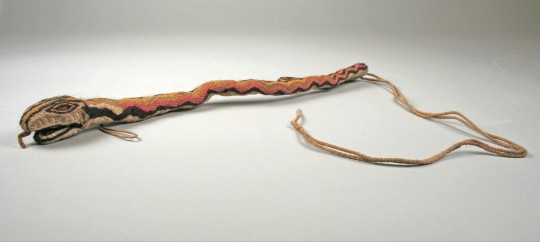
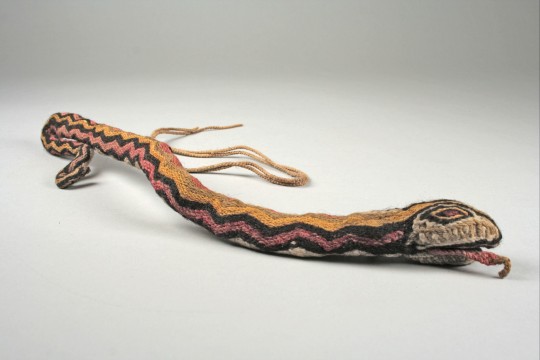

~ Serpent ornament.
Date: A.D. 1450–1532
Place of origin: Peru
Culture: Inca (?)
Medium: Cotton, camelid hair
#15th century#16th century#history#museum#archeology#ancient history#archaeology#serpent ornament#serpent#snake#inca#peru#a.d. 1450#a.d. q#a.d. 1532
2K notes
·
View notes
Text

Machu Picchu and the Andes, 2003
Mickey Crisp
68 notes
·
View notes
Text

Pinkuylluna, Inca storehouses, Ollantaytambo, Peru: The Incas built several storehouses or qullqas out of fieldstones on the hills surrounding Ollantaytambo. Their location at high altitudes, where more wind and lower temperatures occur, defended their contents against decay. To enhance this effect, the Ollantaytambo qullqas feature ventilation systems. They are thought to have been used to store the production of the agricultural terraces built around the site. Grain would be poured in the windows on the uphill side of each building, then emptied out through the downhill side window. Wikipedia
#Pinkuylluna#Inca storehouses#Ollantaytambo#Ollantaytambo Ruins#Urubamba#Cusco#Peru#south america#south american continent
139 notes
·
View notes
Text

Miku inca , la antepasada de miku peruana by asecino1999
28 notes
·
View notes
Text
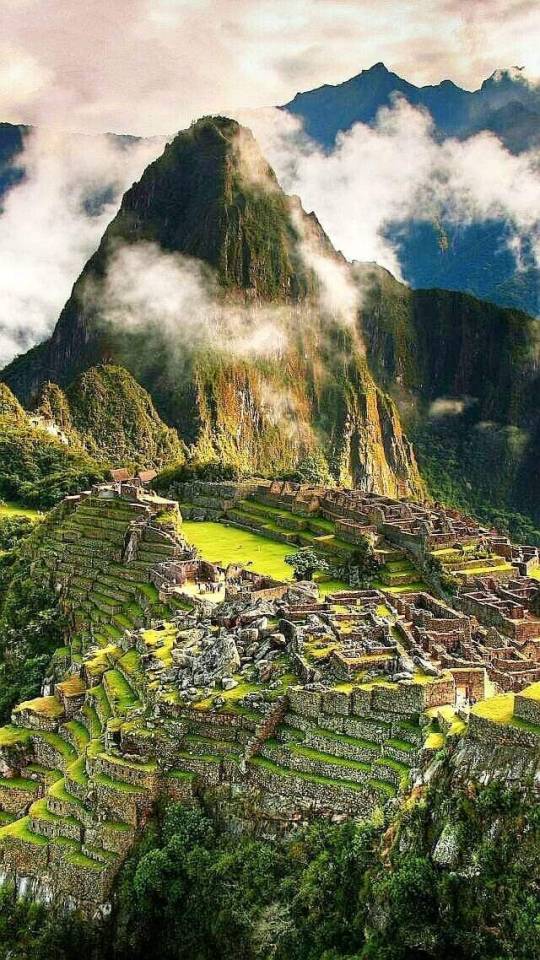
MACHU PICCHU
159 notes
·
View notes
Text

Vessel with Modeled and Painted Face on Neck
Inca, 1200–1450
134 notes
·
View notes
Text
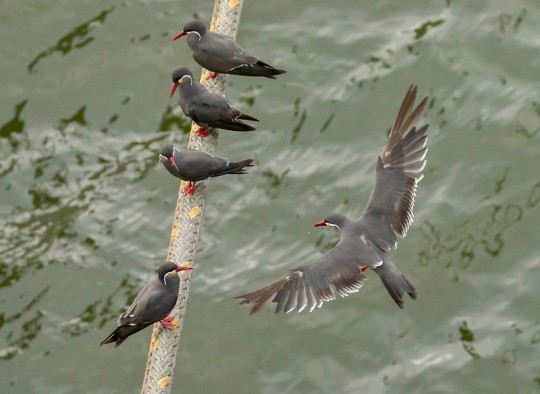
Inca terns (Larosterna inca) perch on a beam near Paracas, Peru
by Harold Moses
#inca tern#terns#seabirds#birds#larosterna inca#larosterna#laridae#charadriiformes#aves#chordata#wildlife: peru#wildlife: south america
234 notes
·
View notes
Text

Machu Picchu.
Beautiful Places On Earth.









#machupicchu#peru#peruvian#mountains#incas#history#funko#fascinating places#llama#llamas#beautiful#beautiful place#beautiful planet#ancient#ancient history#travel#traveling
22 notes
·
View notes
Text

Discover the Magnificent Peru Trail Inca with Alpaca Expeditions
With Alpaca Expeditions, set off on the journey of a lifetime down the Peru Trail Inca. This well-known walk offers a singular exploration of Inca history and culture as it leads you through stunning scenery, historic ruins, and verdant cloud forests. It is well known for its knowledgeable guides, excellent service, and commitment to environmentally responsible travel, which will make your trip both memorable and sustainable. The breathtaking panorama of Machu Picchu at daybreak is the culmination of hiking the well-preserved Inca pathways, which provide breathtaking landscapes and archaeological discoveries. You may completely immerse yourself in the Andes' magic with the careful preparation and assistance of Alpaca Expeditions, making lifelong memories on this incredible journey.
0 notes
Text
Mythology Olympics tournament round 1
Propaganda!


Nausicaä is a character in Homer's Odyssey. She is the daughter of King Alcinous and Queen Arete of Phaeacia. Her name means "burner of ships". Nausicaä is presented as a potential love interest for Odysseus: she tells her friend that she would like her husband to be like him, and her father tells Odysseus that he would let him marry her. The two do not have a romantic relationship, however, and she marries Telemachus in some versions. Nausicaä is also a mother figure for Odysseus; she ensures his return home, and says "Never forget me, for I gave you life". Odysseus never tells Penelope about his encounter with Nausicaä, out of all the women he met on his long journey home.
Pachamama is a goddess revered by the indigenous peoples of the Andes. In Inca mythology she is an "Earth Mother" type goddess, and a fertility goddess who presides over planting and harvesting, embodies the mountains, and causes earthquakes. She is also an ever-present and independent deity who has her own creative power to sustain life on Earth. Her shrines are hallowed rocks, or the boles of legendary trees, and her artists envision her as an adult female bearing harvests of potatoes or coca leaves. The four cosmological Quechua principles – Water, Earth, Sun, and Moon – claim Pachamama as their prime origin. Priests sacrifice offerings of llamas, cuy (guinea pigs), and elaborate, miniature, burned garments to her.
#Nausicaä#Nausicaa#classical greece#greek mythology#ancient greece#greek#greece#Patchamama#inca mythology#inca#incan#peru#peruvian#tournament poll#polls#wikipedia#mythology#mythology tournament
18 notes
·
View notes
Text

// stufen //
web instagram
by Georg Nickolaus
#terraces#photographers on tumblr#machupicchu#architecture#artists on tumblr#peru#inca empire#landscape#original photographers#terrace gardening#stones
46 notes
·
View notes
Text
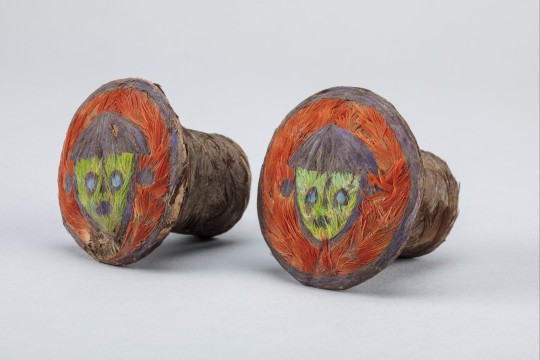
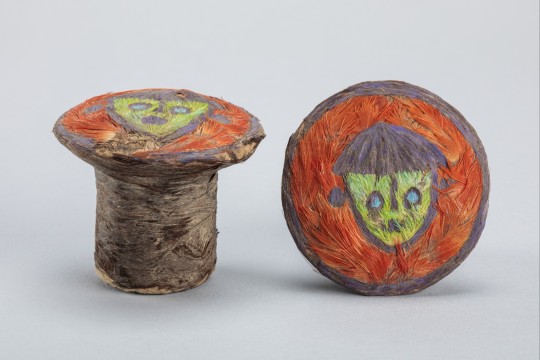
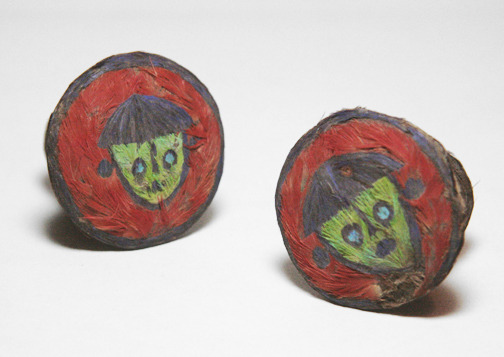
~ Pair of Ear Spools.
Date: A.D. 1000-1470
Place of origin: Central Coast, Perú
Culture: Chancay or Inca
Period: Late Intermediate-Late Horizon
Medium: Feathers, adhesive, gourd, and leather.
#history#museum#archeology#archaeology#pre columbian#12th century#15th century#peruvian#peru#south america#pair of ear spools#chancay#inca#indigenous#central coast#horizon period#intermediate period#feathers#a.d. 1000#a.d. 1470
603 notes
·
View notes